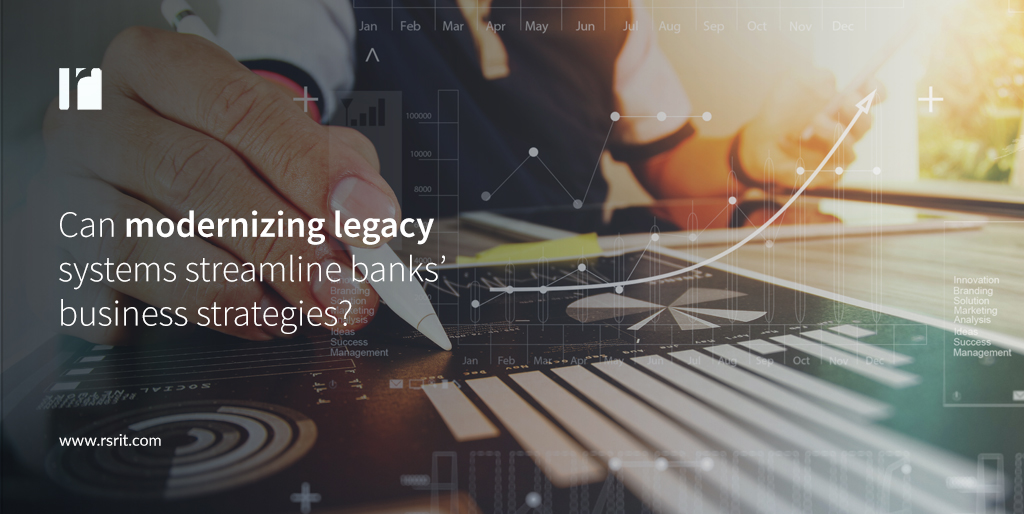Legacy systems handle mission-critical functions in organizations of all sizes in every industry. They live on for a variety of reasons, but overwhelmingly their continued existence boils down to the belief that replacing them with modern tools would cause more disruption and incur more cost than it would be worth. The assumption in that calculation is that someday the cost of the legacy tool will be so high in lost productivity and opportunity that it will finally tilt the ROI scales toward replacement.
In any industry, a strategy that revolves around waiting for a problem to get too big to ignore is rarely a good idea. But in some industries, that mindset can cause much larger problems. Banking is one of those industries, thanks to the hyper-competitive landscape and its strict governance, risk and compliance regimes. That’s why more and more banks are turning to application modernization in lieu of replacement.
Application modernization takes existing, outmoded tools and migrates them to new platforms with modern digital capabilities, maintaining as much existing UI and workflow as possible while enabling the modernized system to interact with a much larger ecosystem of applications, databases, expert systems and other tools.
In this, modernization shifts the “keep it or replace it” ROI debate for legacy systems in banks by decreasing the cost of moving on from the status quo, both in terms of IT investment and in user training and workflow disruption.
It also increases the return on the modernization investment by empowering key strategic functions for banks such as regulatory compliance, risk management and data governance. Standalone legacy applications that have minimal or no interoperability with other systems in those functions can create challenges for banks, as well as hold back efforts to implement AI and machine learning systems that can efficiently and comprehensively improve functions such as fraud protection, trading and banking book risk management, consumer insights and more.
Banks can no longer afford to wait for the cost of legacy systems to reach the point where it can no longer be ignored. Modernizing those applications is a powerful balancing of cost and benefit.
If you’d like to learn more about what application modernization can do to bring your bank’s legacy applications into the modern era, contact us to find out more.



